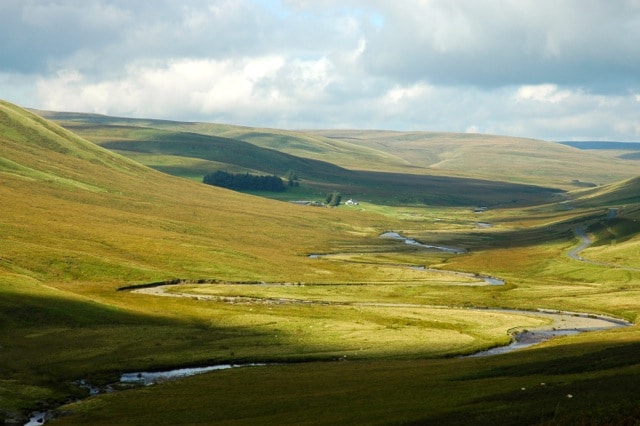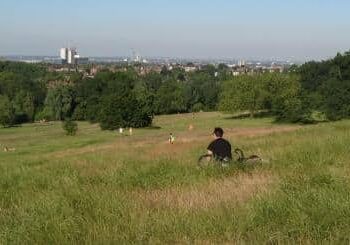The Commons Preservation Society, dubbed by Shaw-Lefevre ‘the people’s watchdog’, can claim credit for saving Plumstead, Tooting Graveney, Coulsdon, and Banstead Commons, Ashdown Forest, the Malvern Hills and many others.
The society played a vital part in rescuing Hampstead Heath and Wimbledon Common. Its greatest battle was for the remnants of Epping Forest, a former royal hunting chase; here, commoners had rights to pasture cattle and pigs, and lop and pollard the trees for winter fuel, and the forest was enjoyed by Londoners for recreation.
The owners started to enclose it and fell trees. Members of the Willingale family of local labourers broke down the fences to lop trees in accordance with the custom. They were summonsed before the local justices and fined. Although the money was available, they refused to pay and instead did seven days’ hard labour.
The society raised £1,000 from its leading members for legal action. The society’s solicitor, Robert Hunter, discovered that the Corporation of London had common rights over the forest and persuaded it to get involved. The judge, Master of the Rolls Sir George Jessel, found in Hunter’s favour and awarded the inhabitants of Loughton £7,000; this was spent on providing a village hall named the Loppers’ Hall.


In 1878 the social reformer Octavia Hill and the Revd Hardwicke Drummond Rawnsley (both members of the society’s committee and later founders of the National Trust) expressed outrage that Manchester’s ‘greed for water’ would engulf ‘one of our loveliest lakes’: Thirlmere. The Manchester Corporation Act 1879 allowed the construction of a reservoir there but the society won clauses giving the public the right of access to adjacent common land. These set an invaluable precedent: in the Manchester Corporation Act 1919, which authorised Haweswater reservoir, the society secured access to the commons with a clause outlawing barbed wire. When Birmingham Corporation obtained the right to construct the Elan Valley reservoir (1892), the society won public access under ‘the Birmingham Clauses’. These became a model for later cases, eg Stanbury Moor in West Yorkshire and Holne Moor in Devon.
Direct Action by the Society
Berkhamsted Common, immediately north of the town of Berkhamsted in Hertfordshire, was in February 1866 owned by Lord Brownlow. His trustees enclosed 434 acres with fences. The society and Augustus Smith, Lord of Scilly, who had rights of common there, decided to exercise the old practice of abatement.
They sent 120 navvies from London by night to pull down the fences. On 6 March 1866 they travelled on a special train which left Euston shortly after midnight and reached Tring Station at 1.30 am. Armed with implements, they marched for three miles and by 6 am had felled the railings and left them in neat heaps. Shortly after, Lord Brownlow’s agent discovered that the common was no longer enclosed, but by then local people were flooding onto it to enjoy it once more.
